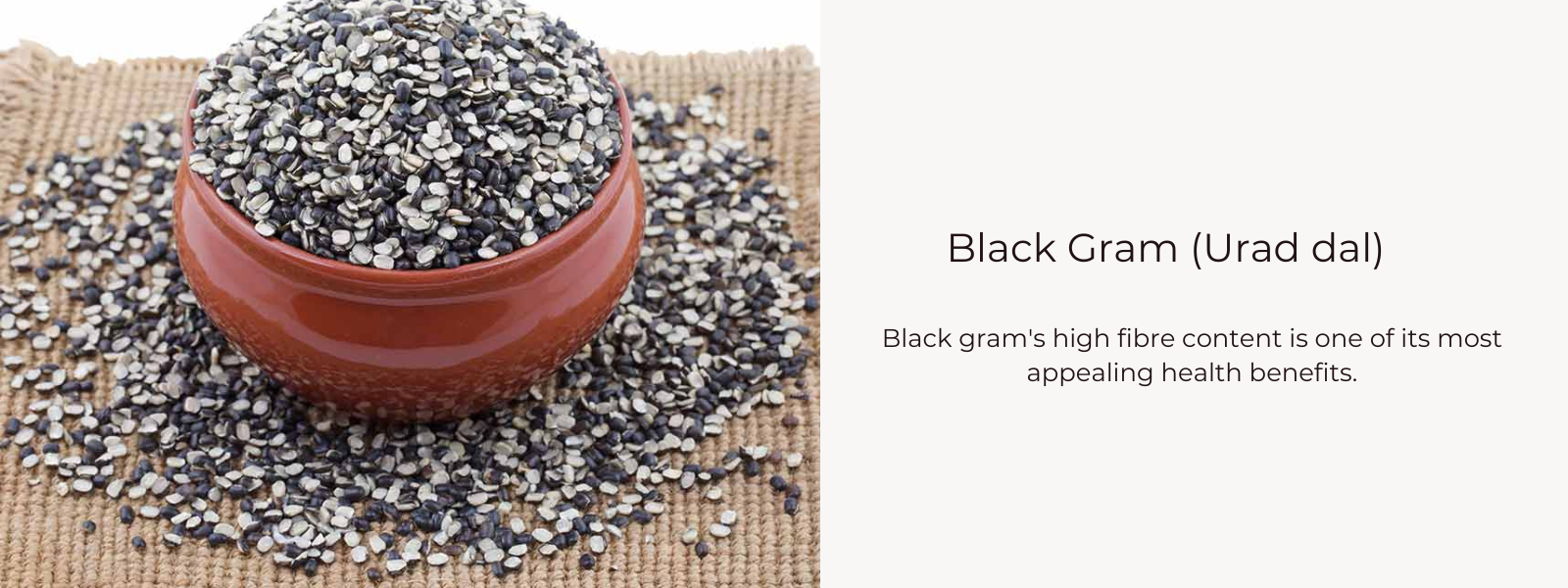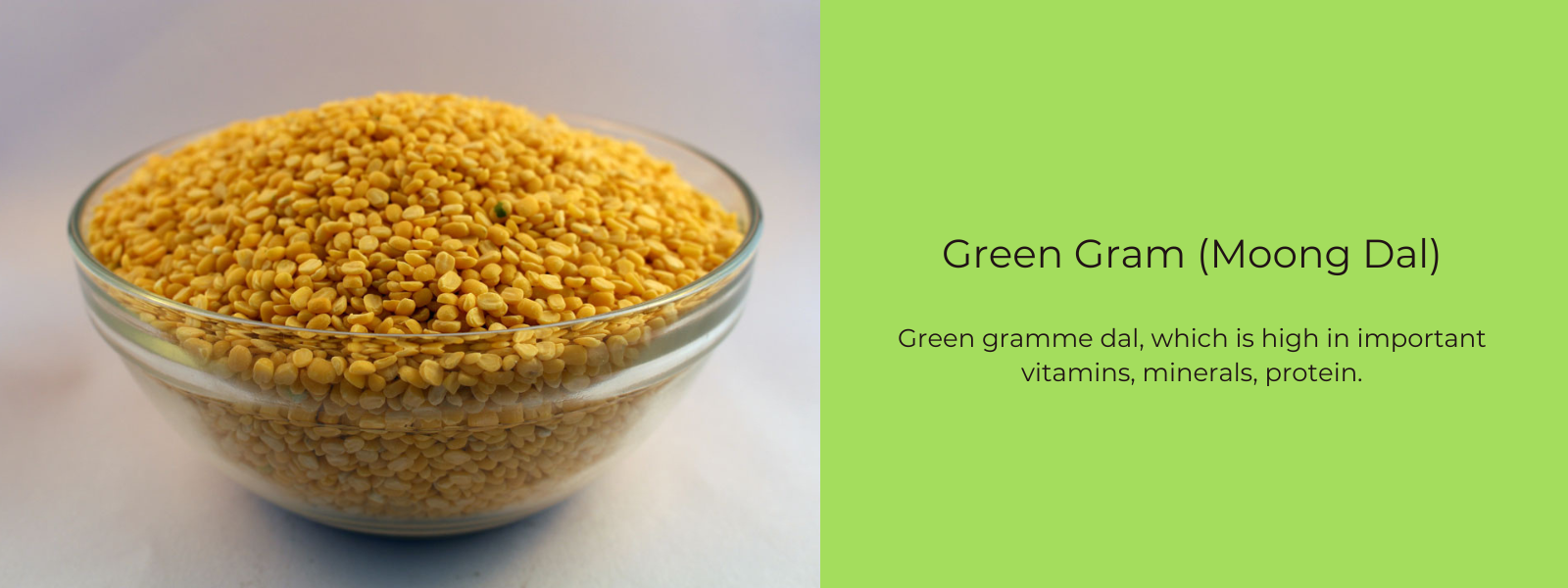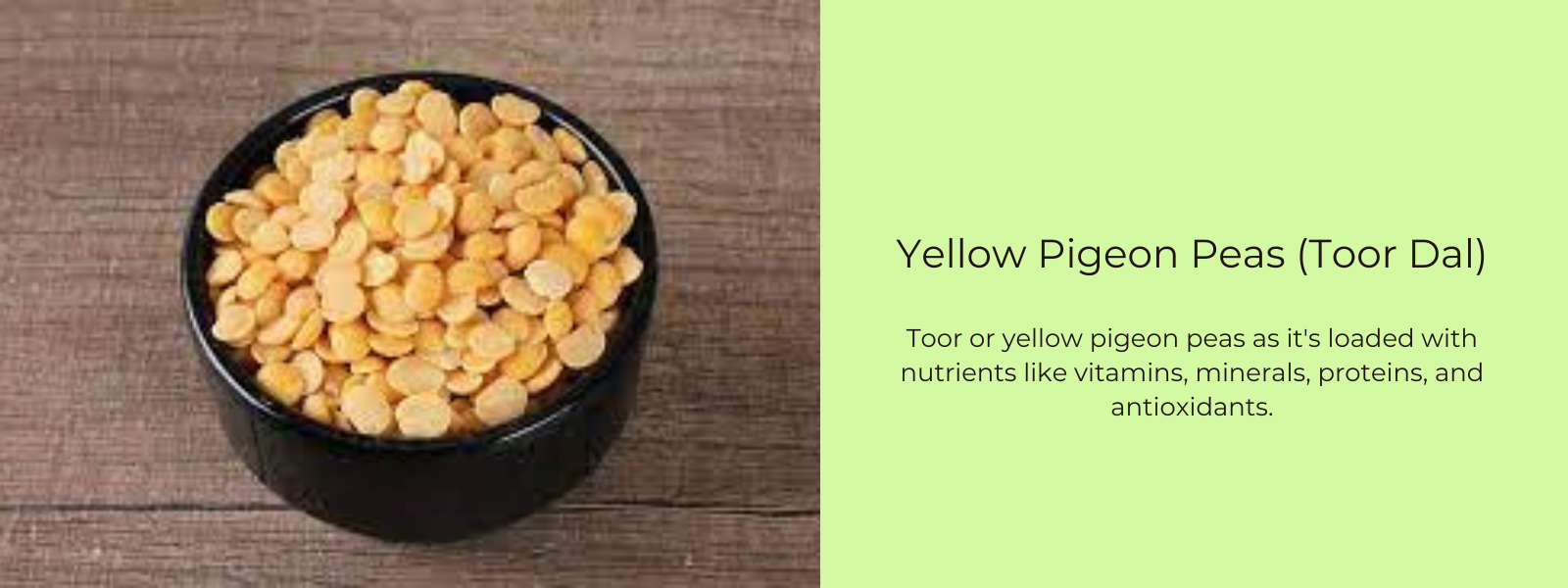Chickpea, or Chana as it is commonly known in India, is among the few ingredients that can be used as a main course, a healthy snack on a quiet weekend, or simply something to chew on to satisfy boredom hunger.
These globules, also called as Chole in Northern India, are not only one of the key ingredients in Indian cuisine, but also the backbone of Indian agriculture, as India produces 67% of the world's total chickpeas.
Despite the fact that most chickpeas are black and white, scientists have uncovered more than 90 genotypes, including wild species.
Table of Contents
Other names of black chickpea:
Kala Chana and Kabuli Chana are two types that are commonly accessible in India. They also are known as Bengal gram, garbanzo, garbanzo bean, and Egyptian pea. Kondaikadali in Tamil, Senagalu in Telugu, Kadala in Malayalam, and Kadale in Kannada are all names for these delicious legumes.
Origin of black chickpea:
Though India is one of the world's largest producers of chickpeas today, its origins may be traced back to the 13th century. While the ancient name Chickpea is derived from the French words chiche and cicer, the contemporary term Garbanzo is derived directly from Spanish. Chickpeas have traditionally played an important role in both culinary and medicine in the Western world.
Before the 17th century, roasted and ground chickpeas were brewed in Europe as a substitute for coffee. Chickpeas were connected with Venus, the Roman Goddess of beauty and love, around 800 AD, since they promote fertility by increasing sperm production, inducing menstruation, and nursing.
Black chickpea plant description:
Chickpeas are a pulse that grows on a 20 to 50 cm tall plant with little leaves that resemble feathers on each side of the stem. The plant produces white blooms with pink, violet, and blue lines, and each seedpod contains two to three pods.
Chickpeas vary in size, variety, and texture depending on locale. Garbanzo or Kabuli chana varieties that are white in colour are widely grown in India and Italy. Kala Chana, also known as desi chana, is a popular type that appears black, dry, and shrivelled. It is sold in little globules and is hulled and divided to make chana dal.
Nutritional profile of black chickpea:
Black chickpea is a kind of legume that is high in protein, fibre, and carbs. It is high in vitamins B6, C, thiamin, folate, niacin, riboflavin, and minerals like manganese, phosphorus, iron, and copper. The abundance of nutrients in Kala Chana benefits the immune system, promotes muscular mass, manages diabetes, and improves hair, skin, and nail health.
Ayurvedic use of black chickpea:
Black Chickpea, also known as Chanaka in Ayurveda and classified as a legume - Shimbi Dhanya Varga, is an excellent source of protein. Including this in your daily diet not only for its nutritional worth, but also to help avoid a variety of health problems such as mouth ulcers, high cholesterol, liver enlargement, skin illnesses, and so on.
Surprisingly, depending on how they are cooked, chickpeas have distinct effects on the body. According to Ayurveda, black chickpea balances the three doshas - vata, kapha, and pitta - and is far superior to white or kabuli chana.
Chana is described in traditional medicine as astringent to palate with Shita Virya or cold potency, easy to digest, dry in nature, but causes constipation. While it efficiently balances pitta and kapha doshas, it also raises vata dosha and is advised for people who have high body temperatures or blood-related disorders.
How to use chickpeas?
- Roast and season them for a nutritious snack.
- Combine it with soups, salads, and other side dishes.
- Hummus is made by combining it with herbs and spices.
- Use the powder in place of ordinary flour.
FAQs on Black Chickpea:
What are the advantages of black chickpea?
Because of its high nutritional value, black chickpea can be a wonderful complement to any diet. Additional potential applications for black chana include diabetes prevention, heart disease prevention, weight control, and gut health maintenance. 3 But, before taking black chana to treat any health concern, consult with your doctor and receive a proper diagnosis.
Can I use black chickpea to lose weight?
Fibre-rich foods may be an effective strategy to lose weight, and black chana is high in fibre. Fibre gives you a longer feeling of fullness in your stomach, which helps you eat less. 3 Those who want to decrease or manage their weight, on the other hand, should consult with a healthcare expert or a dietician. They will be able to better guide you.
What are the disadvantages of black chickpea?
Black chana contains a lot of fibre. Excessive consumption of black chickpea may result in stomach ache and gas. 4 As a result, you should consume black chana in moderation.
Can diabetics eat black chickpeas?
Because black chickpeas have a low glycemic index, they induce a reduced surge in blood glucose levels. The high fibre content of black chana causes it to digest slowly in the stomach, reducing meal intake. As a result, black chana may be an excellent dietary choice for diabetics.
Precautions to take with black chickpeas:
Precautions for expecting mothers
At typical meal quantities, black chana is safe for pregnant women. Black chana is high in fibre and folate. 5 It should not, however, be used in excess because it can have negative side effects.
Breastfeeding mothers should use caution.
Breastfeeding mothers should limit their intake of black chana. Black chana, on the other hand, should be drunk in moderation.
Warning for the elderly and children
To avoid overeating, children should consume black chana under the supervision of their elders. In addition, the elderly should consume black chana in moderation to avoid gastrointestinal troubles.
Before using black chana as a treatment or reaping its benefits, consult your healthcare professional about any potential risks. It will assist you in avoiding negative health effects.











Leave a comment